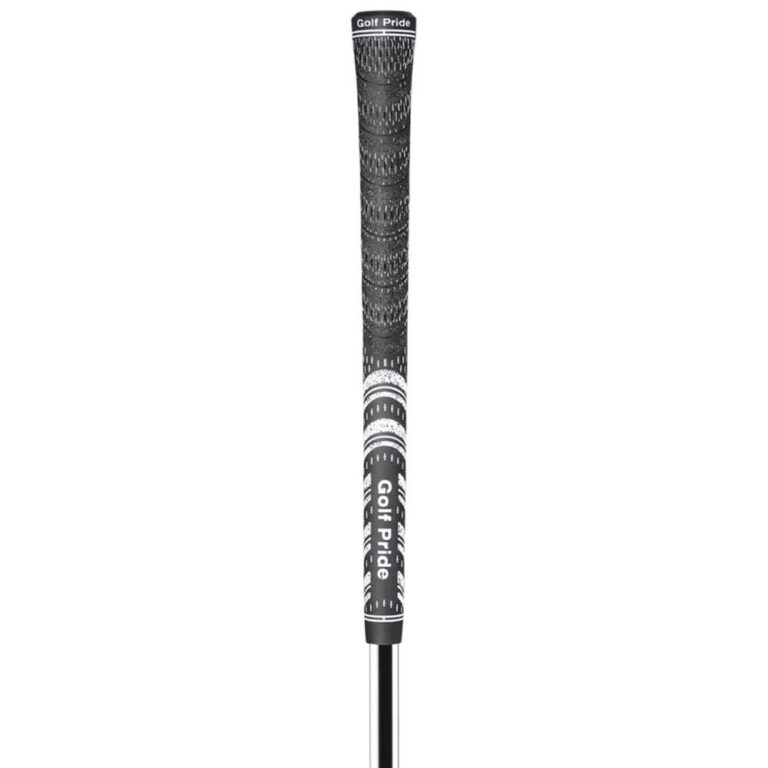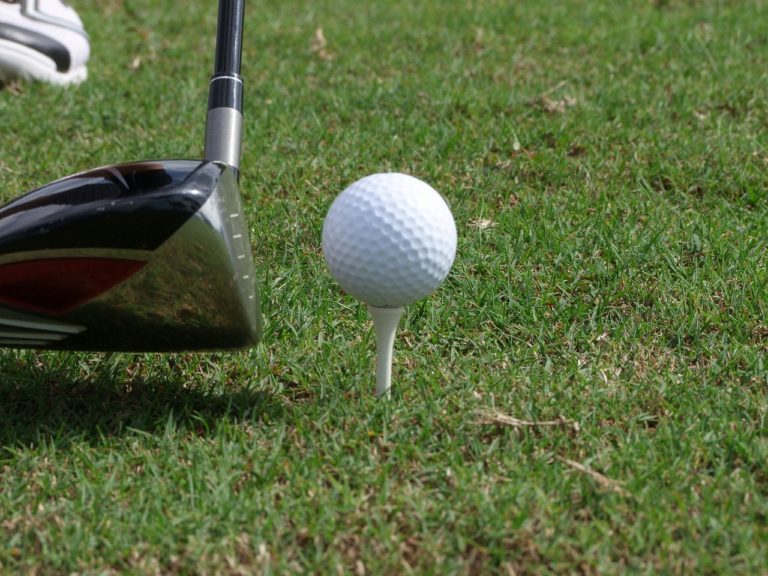As an avid golfer, I’ve learned that mastering the pitching wedge can greatly improve your golf game and, ultimately, your score.
I’ll be the first to admit that the pitching wedge is probably my favorite club in my bag. Oftentimes, I find myself hitting approach shots from 140 yards, which means the wedge is the club I pull out of the bag. Because of that, learning how to hit a pitching wedge close to the pin was a must.
In this article, I’ll share my tips and tricks to help you become more proficient with the pitching wedge.
How to Hit a Pitching Wedge
Understanding the Basics of a Pitching Wedge
Before we dive into how to hit a pitching wedge, it’s important first to understand what makes this club unique. The pitching wedge is typically one of the shortest clubs in your bag, with a loft angle of around 45 degrees. This means that it has a steep face and is designed for shorter shots with higher trajectories.
The key to hitting a successful shot with a pitching wedge is to use the loft of the club to your advantage. This club is designed to help you quickly get the golf ball up in the air and land it softly on the green, making it an ideal choice for approach shots or a chip shot around the green.

Tips for Hitting a Pitching Wedge
Now, let’s dive into some tips that will help you hit a pitching wedge like a pro:
Proper Grip and Stance: As with any golf shot, having the right grip and stance is crucial. For pitching wedges, you’ll want to have a slightly wider stance than usual and grip the club firmly but not too tightly. This will help you maintain control of the club throughout your swing.
Ball Position: The ball should be placed slightly back in your stance, closer to the middle of your feet. This will help you use the loft of the club effectively.
Keep Your Eyes on the Ball: It’s important to keep your eyes focused on the ball throughout your swing. This will ensure that you make solid contact and hit with precision.
Swing Smoothly: Many golfers make the mistake of swinging too hard with their pitching wedge, which can lead to inconsistent shots. Focus on making a smooth and controlled swing, using your body rotation, and maintaining balance.
Follow Through: After making contact with the ball, be sure to follow through with your swing to achieve maximum accuracy.
Also Read: How to Hit the Golf Ball Straight
Mastering the Swing Technique
In order to master hitting a pitching wedge, you need to make sure you have the proper switch mechanics.
Keep Your Weight Forward
Maintaining a balanced stance is critical to consider when using a pitching wedge. This is ideal for greater control over your swing which is key to executing successful pitching wedge or flop shots.
Furthermore, it’s important to keep approximately 60% of your weight on your front foot throughout the shot. This weight distribution aids in creating a downward strike on the ball, ensuring that the club first makes contact with the ball and then the grass.
Pitching Wedge Distance Control – Three-Quarter Swing
For pitching wedge shots, the emphasis is on controlling both distance and accuracy. To accomplish this, employing a three-quarters backswing and follow-through is essential.
Limiting your backswing to three-quarters of your full range allows you to regulate the power behind the shot. This method ensures that you’re not hitting too hard, which often leads to miscalculations in distance and direction.
Follow-through is equally important in maintaining a steady swing path and ball trajectory, ultimately providing better control over where the ball lands. Remember, the goal isn’t maximum distance but rather precise placement on the green.
Choke Down on The Golf Club
Choking down on the club can significantly enhance your shot control when hitting with a pitching wedge. This technique involves holding the club lower down on the grip, which effectively shortens the length of the club, thus offering improved control and accuracy.
Practice Drills for Perfecting Your Pitching Wedge Skills
Here are a few drills you can practice to improve your pitching wedge skills:
- Distance Control Drill: Set up targets at 50, 75, and 100 yards away from the green and practice hitting shots with your pitching wedge (also works for practicing with a higher lofted club like a gap wedge or sand wedge) to these various distances. Focus on controlling your swing and hitting consistent shots to each target.
- Short Game Challenge: Create a short game challenge by placing a few balls around the green in different locations. Use your pitching wedge to chip each ball onto the green and try to get them as close to the pin as possible.
- Uphill/Downhill Lie Drill: Find a hill on the course with an uphill or downhill lie and practice hitting pitching wedge shots from these challenging positions. This will help you adapt to different course conditions and improve your overall shot-making abilities.
Want even more pitching wedge practice drills? Check out this video from Titleist.
Common Mistakes and How to Avoid Them
As with any golf shot, some common mistakes can happen when hitting a pitching wedge. Here are a few and how to avoid them.
Distance From The Ball at Setup
One common mistake golfers often make is setting up too far away or too close to the ball. This can adversely affect your swing mechanics and, consequently, the success of your shot. Focus on having the end of your club approximately one to two hand lengths away from your body.
Ball Position Too Far Back in Your Stance
Typically, you think that the smaller the club, the further back in your stance the ball should be positioned. When hitting a pitching wedge, this isn’t the case. Instead, I find it’s best to line the ball up in the middle of the stance.
Loss of Balance
Hitting a wedge isn’t about getting the maximum amount of distance. Too many people try to hit their wedge shots far when they really should be focused on accuracy. Swinging for distance can cause you to become off-balanced, affecting your control.
The Bottom Line
Mastering the pitching wedge is an essential skill that can significantly improve your overall golf game. These essential facets are key to achieving precision and consistency, from establishing a solid grip and stance and optimizing the ball position to executing a controlled and balanced swing.
Sean’s parents first put a golf club in his hands at the age of 8. He immediately fell in love with the game of golf. Today he’s passing on that love to his own kids.






